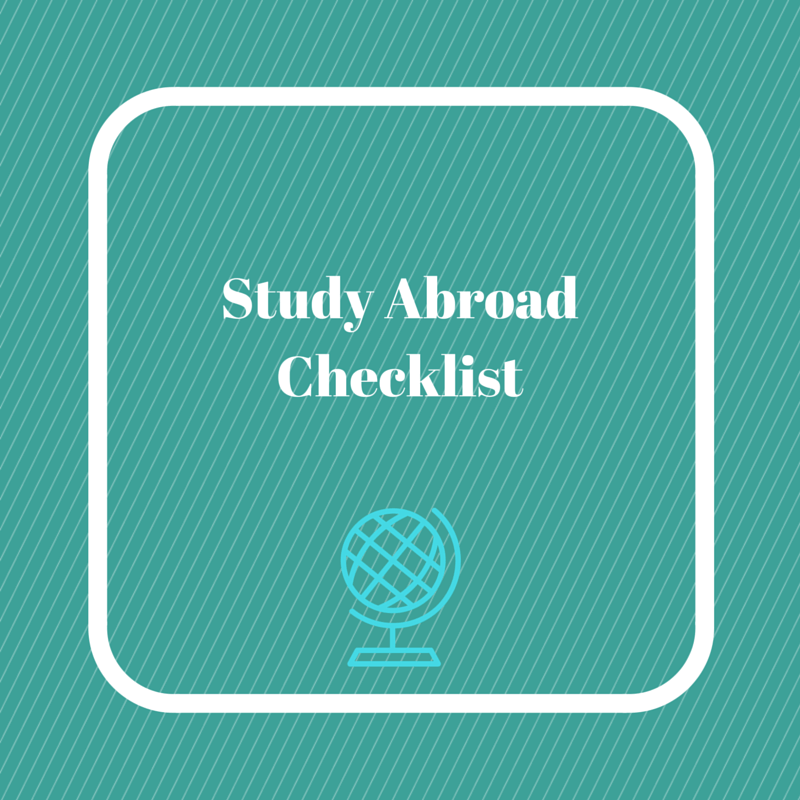Are you planning on studying abroad? While these programs provide unique opportunities to students who participate, you do need to take care of a few things before you head to another country. One step you may have not realized you had to complete? Getting your student visa. It’s a requirement for attending college in another country if you’re planning on going for more than 3 months. Keep reading to find out exactly how you get a student visa, what it is, and more.
What is a Student Visa?
A student visa is a government-issued document that is dedicated to students who are planning on studying in another country or through a study abroad program. In most situations, if a student is preparing to study in another country for more than 90 days or 3 months, they’re required to have one. Essentially a student visa is saying you are temporarily staying within the country and do not intend to stay on a permanent basis.
Going without a student visa could result in you losing a spot in your study abroad program. The process should be completed well ahead of time – students shouldn’t wait until they’re in the new country to apply.
How Do You Get a Student Visa?
How you get your student visa depends entirely on the country you will be attending school in. Some countries have less stringent requirements than others. Ireland, for example, does not require an in-person interview for Americans. Certain countries have much higher fees than others.
In most cases, though, the general guidelines remain the same. Below, we’ve outlined five of the steps you’ll need to take.
1. Start as Soon As Possible
While some countries are able to process student visas within a matter of days, others can take up to six weeks or even longer if there are issues with your application. And in cases where an in-person interview is required, you may have to wait up to 3 months to secure a spot.
Therefore, it is highly recommended you do your research early on the country you will study in and start the process of obtaining your student visa as soon as possible. This will help ensure you have all your ducks in a row before you make the move and any issues that arise can be sorted ahead of time.
You can go to travel.state.gov to find all the requirements of what you will need for each country.
2. Talk to the Consulate or Your School’s Study Abroad Department
Before anything else, you need to identify the application process for your intended country’s visa. Visiting the country’s consular website is generally a good place to start as this will detail all of the application requirements, deadlines, processes, and more. You also need to note where the nearest consulate for the country is in case you have to pay it a visit
If you’re having trouble finding the information or you find the instructions confusing, talk to your college’s study abroad program as soon as possible so they can help direct you to your next steps.
3. Make Necessary Appointments
Some countries require you to have an in-person interview as part of their application process. If your destination is popular among students, you could be waiting a while to attend the interview so grab your spot as soon as possible.
If an in-person interview is required and you are not located near a consulate, you will have to travel as phone and internet interviews are not accepted.
4. Gather Required Documentation
Your host country will also need a number of documents from you, in addition to your student visa application. Generally, countries can ask for details and documents including:
- Your passport
- Two passport photos
- The proof of acceptance to a college or university within the country you are visiting
- Proof of health insurance
- Proof you meet the financial requirements
- Three months of personal bank statements are generally accepted
- Proof you can support yourself financially (every country has different monetary requirements)
- Proof of lodging, hotel reservations, or other accommodations during your stay
- Official transcript and/or proof of enrollment in your current school
- Proof you can pay for tuition
- Fingerprints
You will also have to include a prepaid addressed envelope so the consulate can mail your passport back to you. Any documents required should be brought to the interview.
5. Pay a Fee
Student visa applications also come with a fee. This varies by country. You can expect to pay $50-200 but some countries do charge more.
If you have the chance to study abroad, you should definitely think about taking it! They can be eye-opening experiences for students and can lead to amazing opportunities and friendships. However, do be sure to get your ducks in a row when it comes to your student visa as soon as possible. While you will not need one for shorter programs, like ones that last a few weeks, you will need to be sure you have one for any longer programs.
Do you want to know about college study abroad programs? Colleges and universities have different program availability. To find the perfect school and study abroad program for you, check out our College Match tool which can help you identify the best colleges for your goals. Start here for free.






